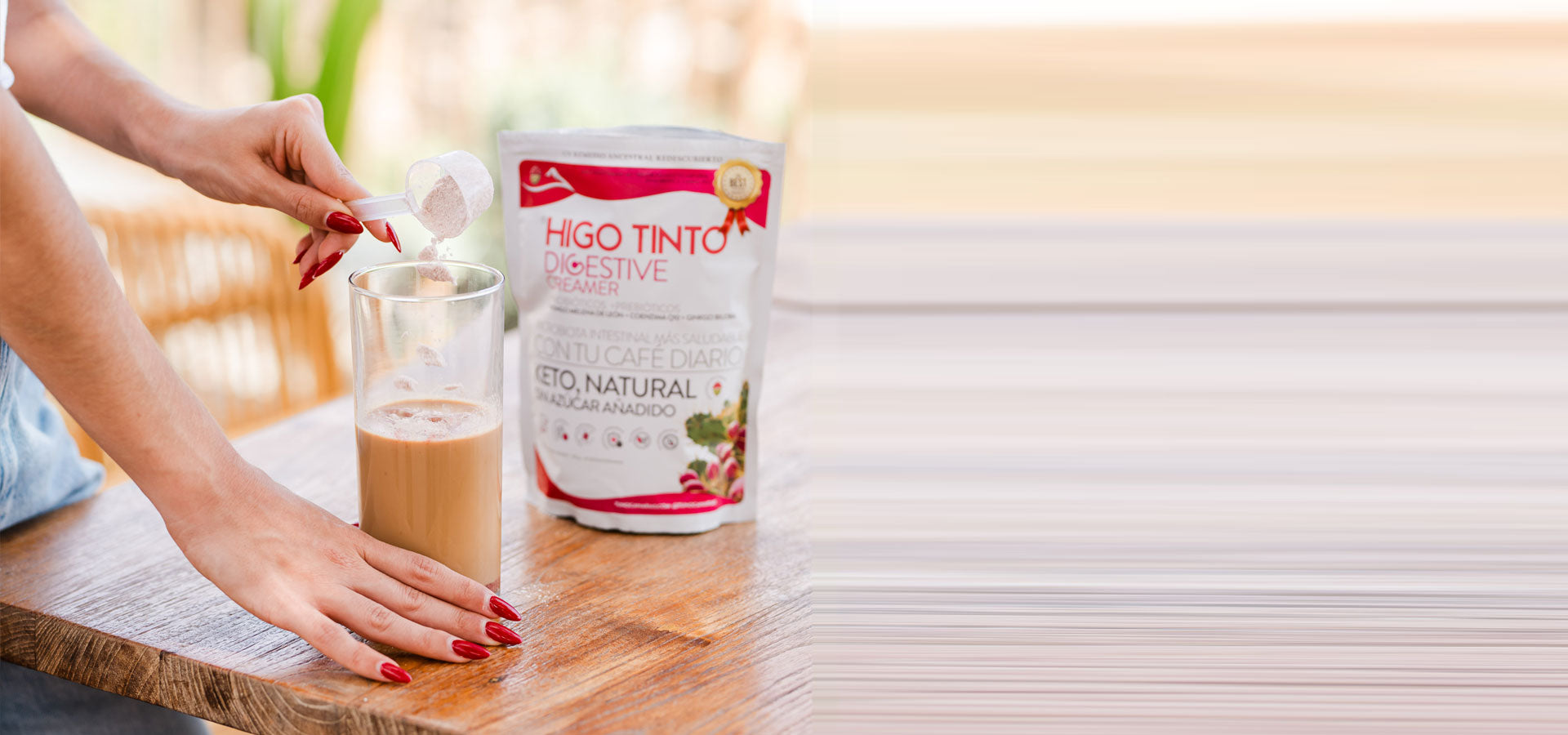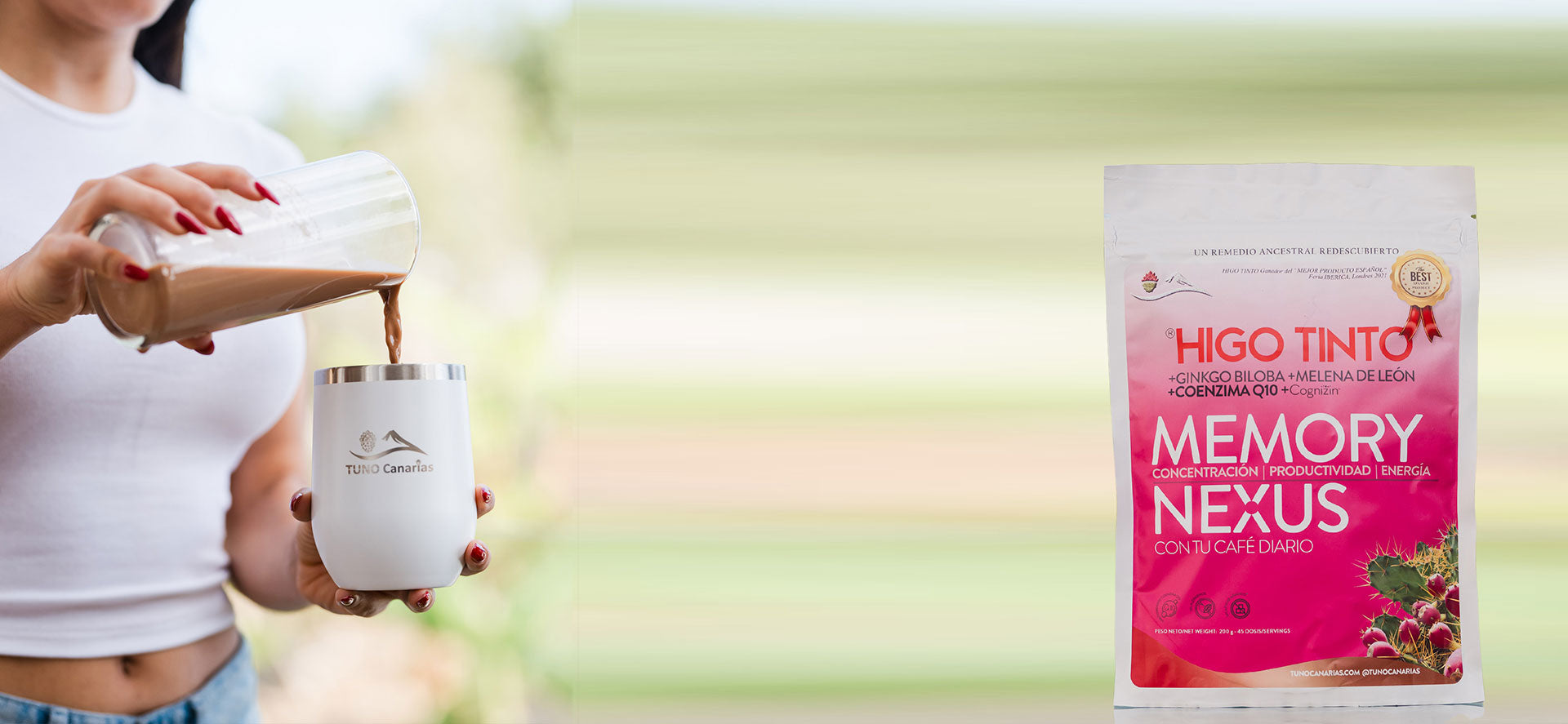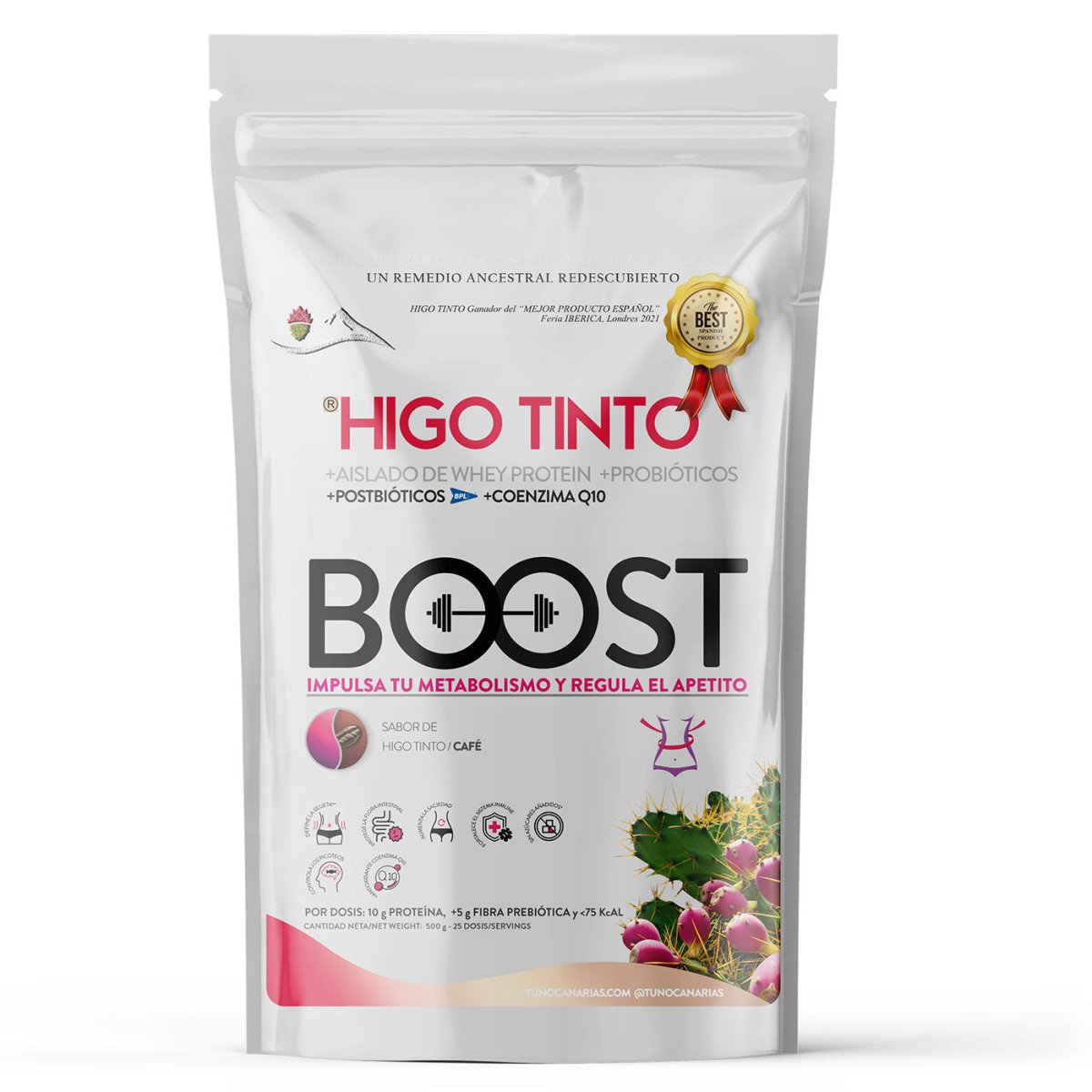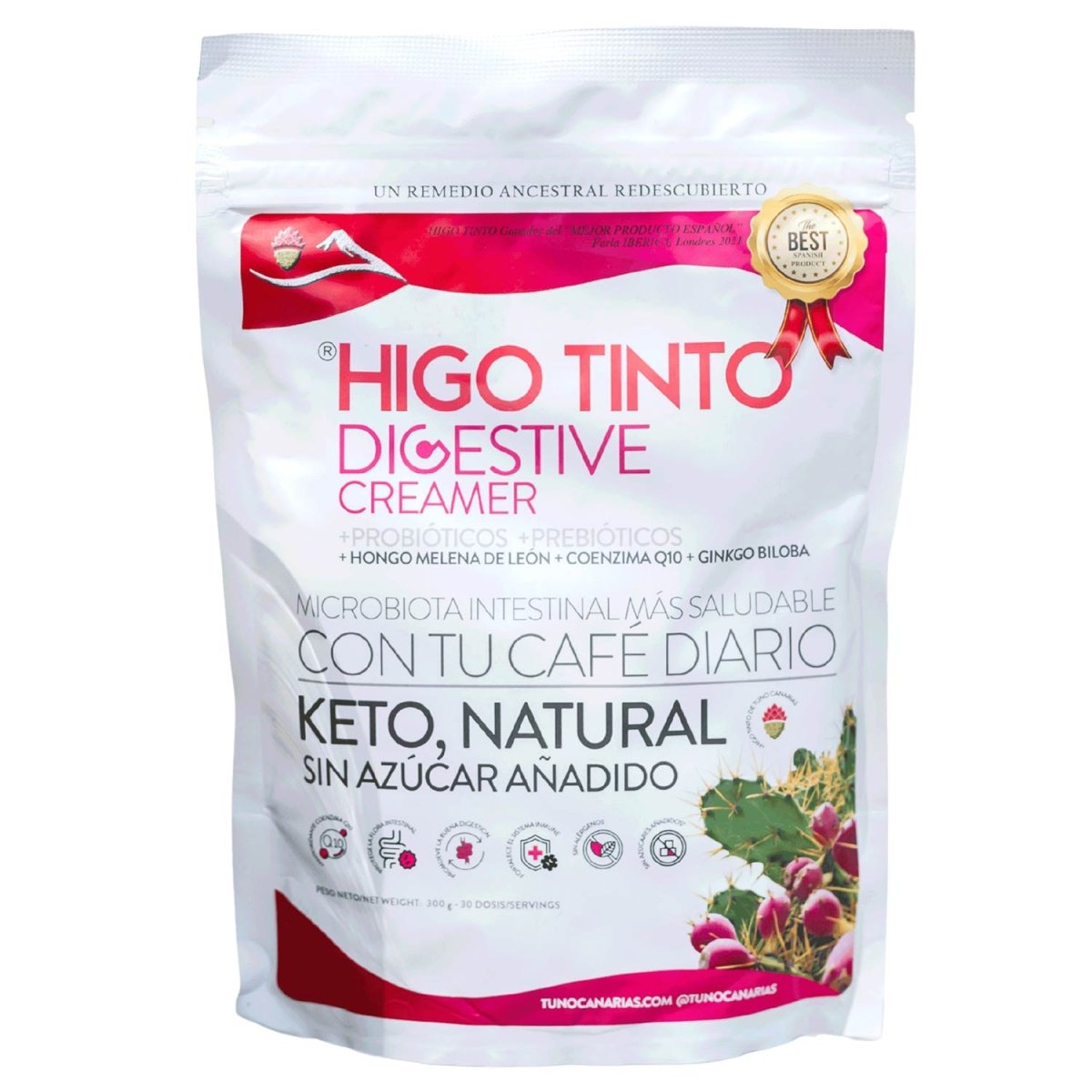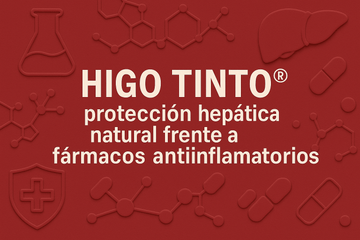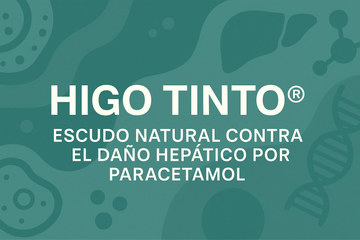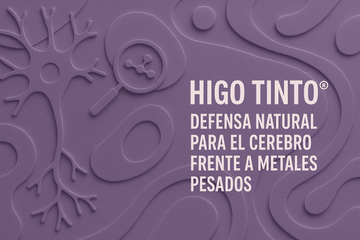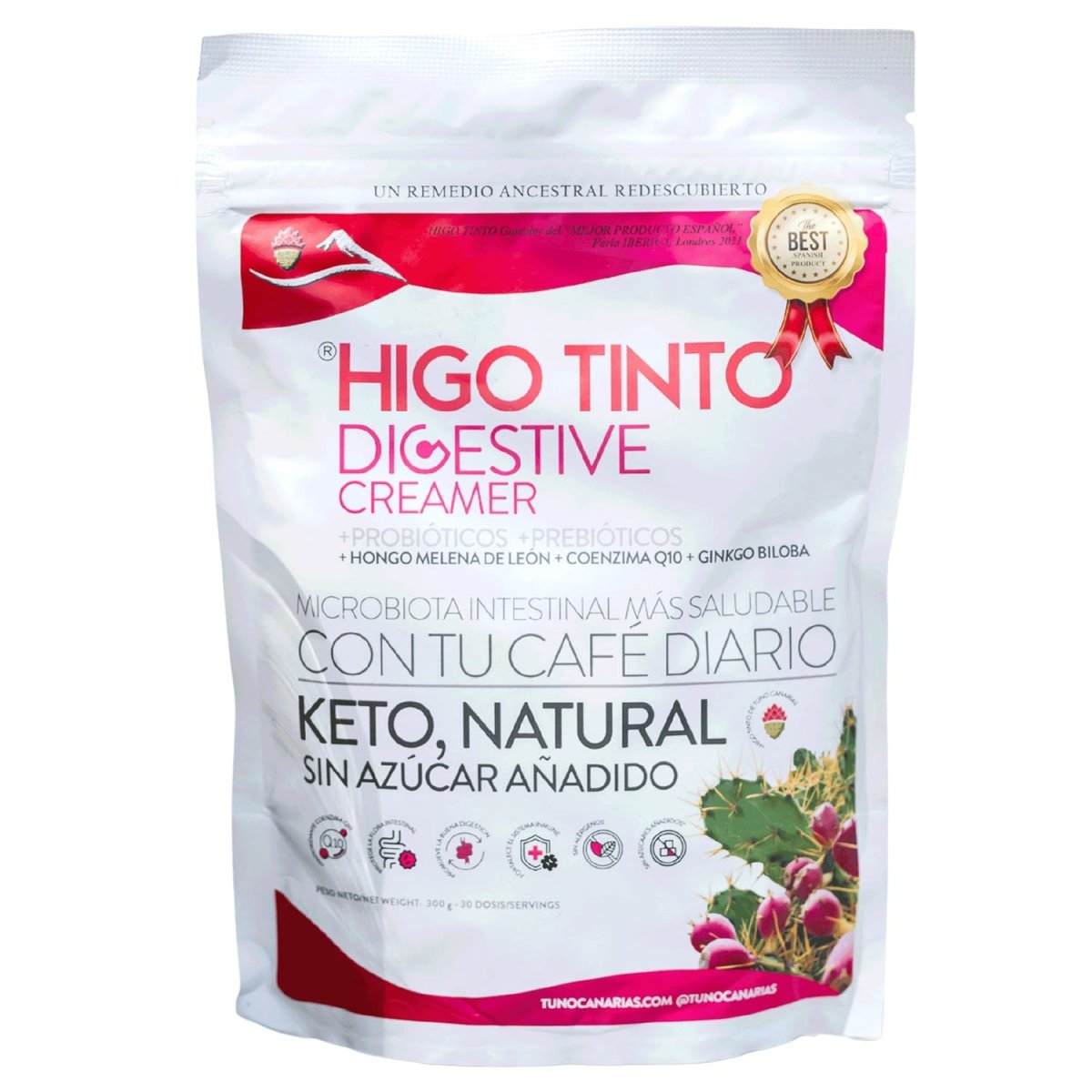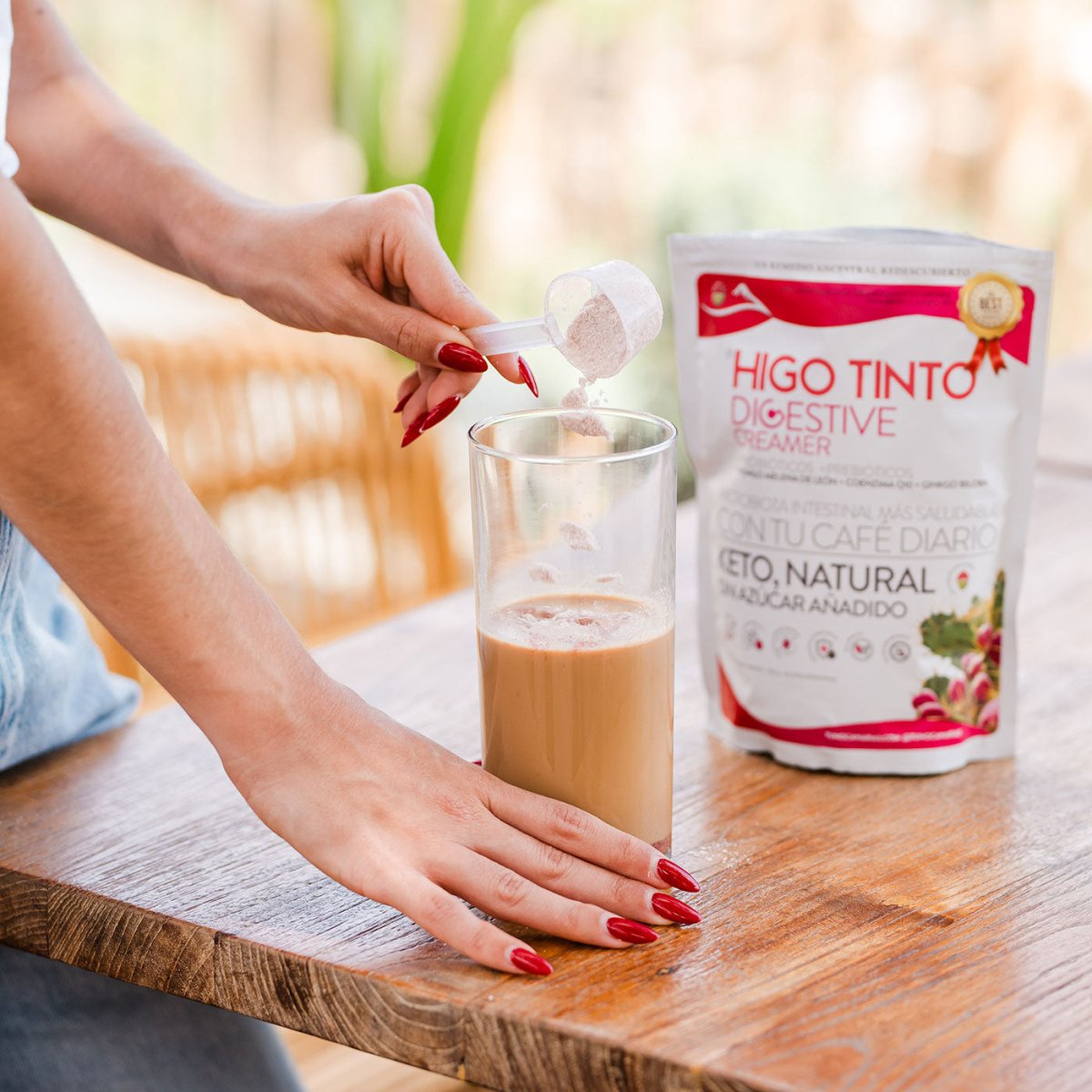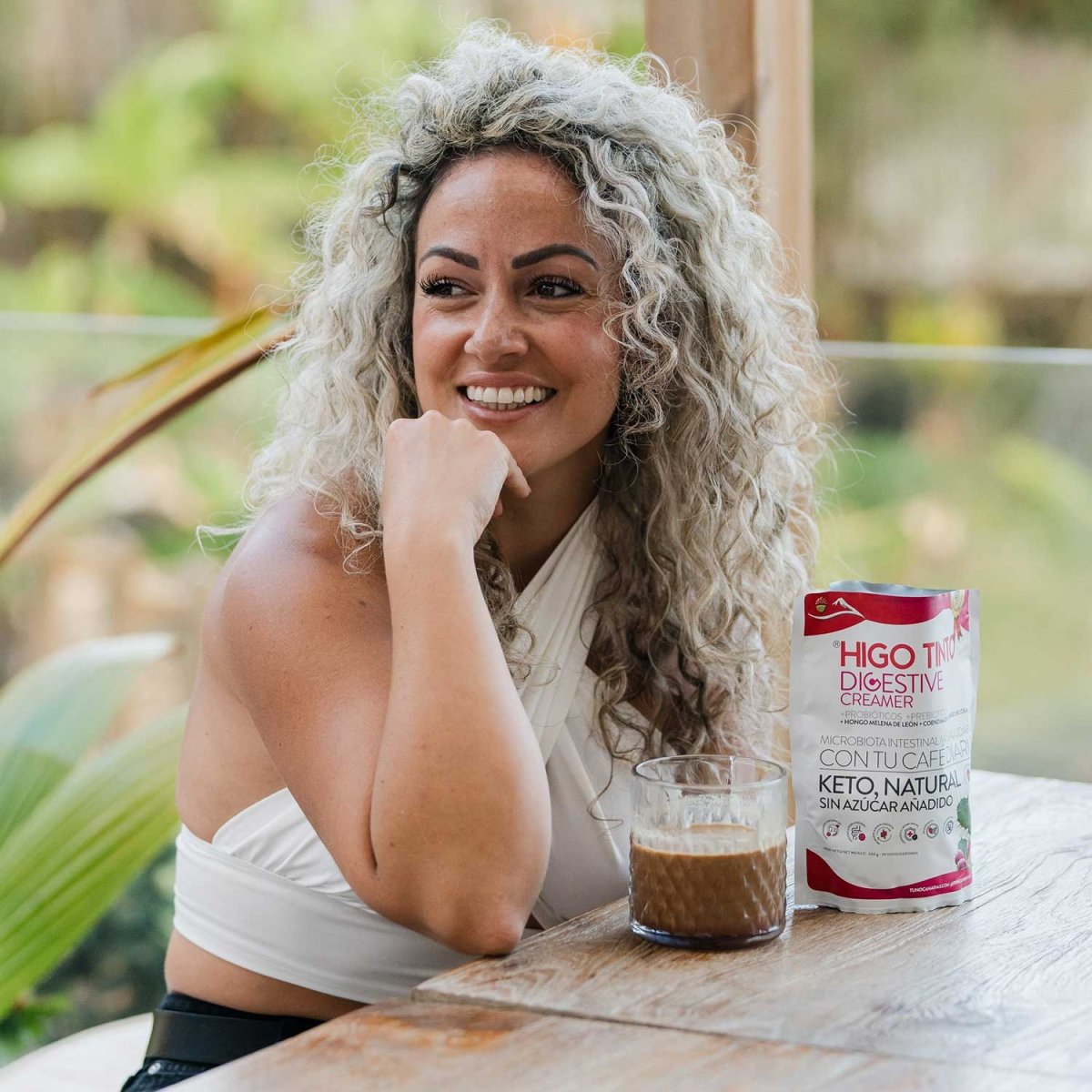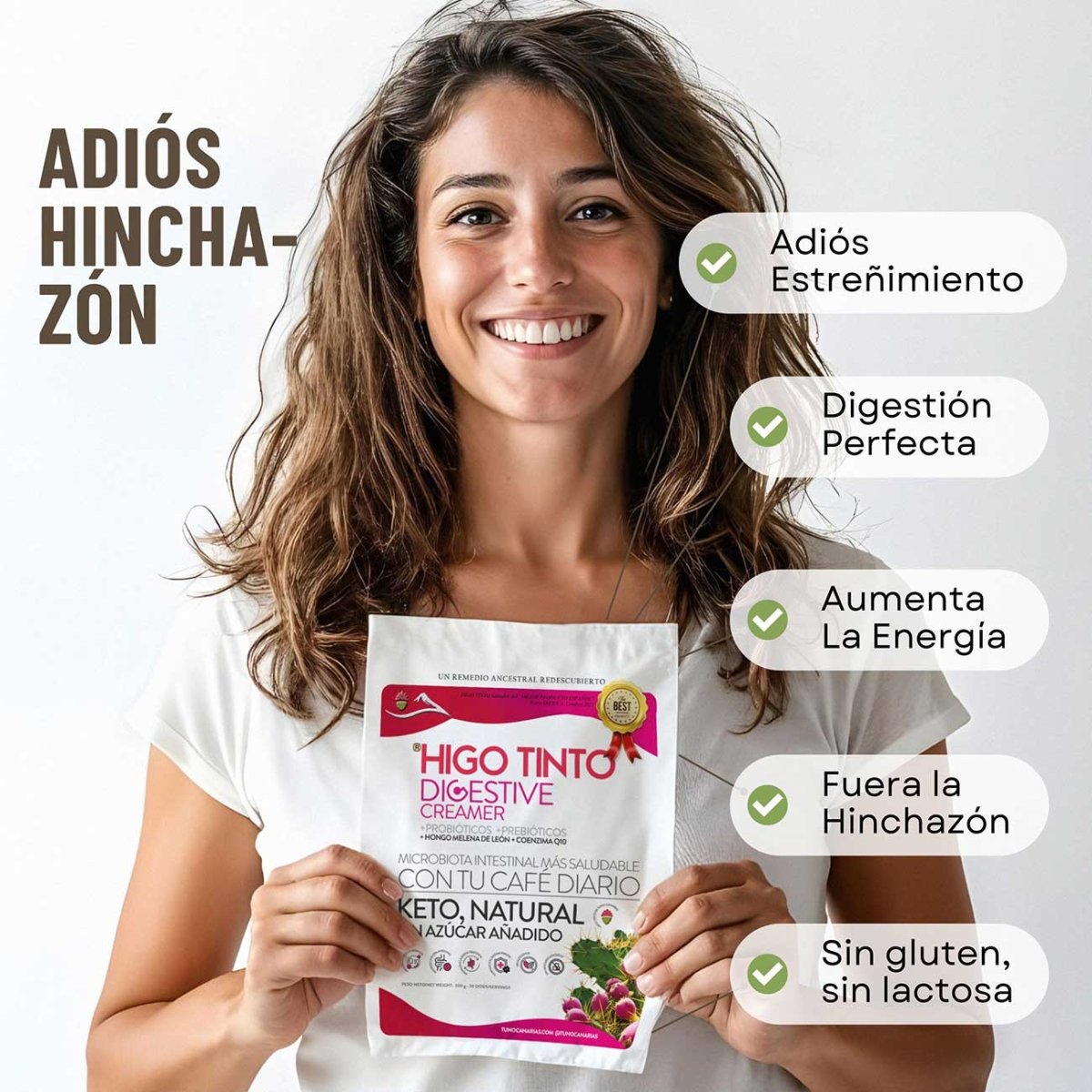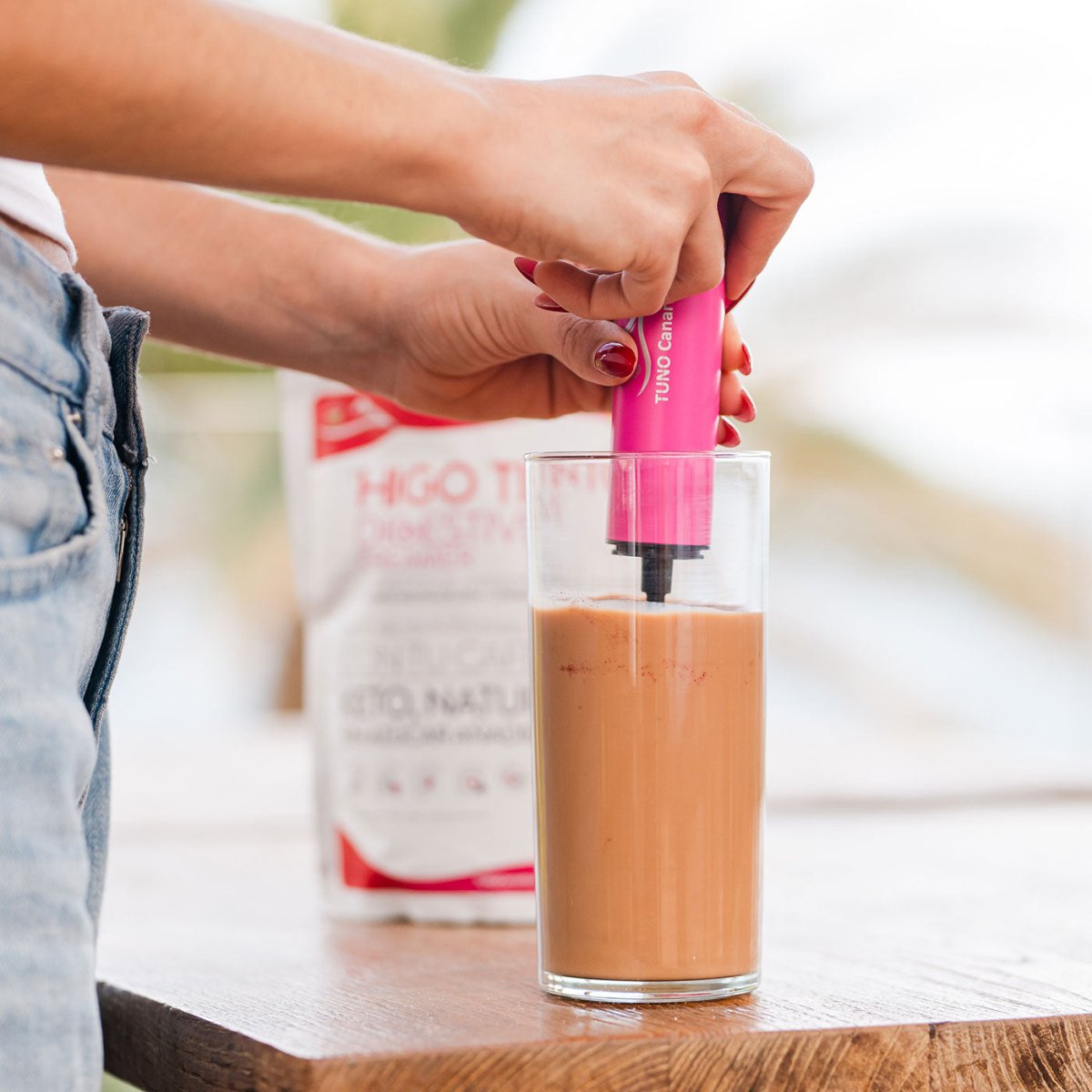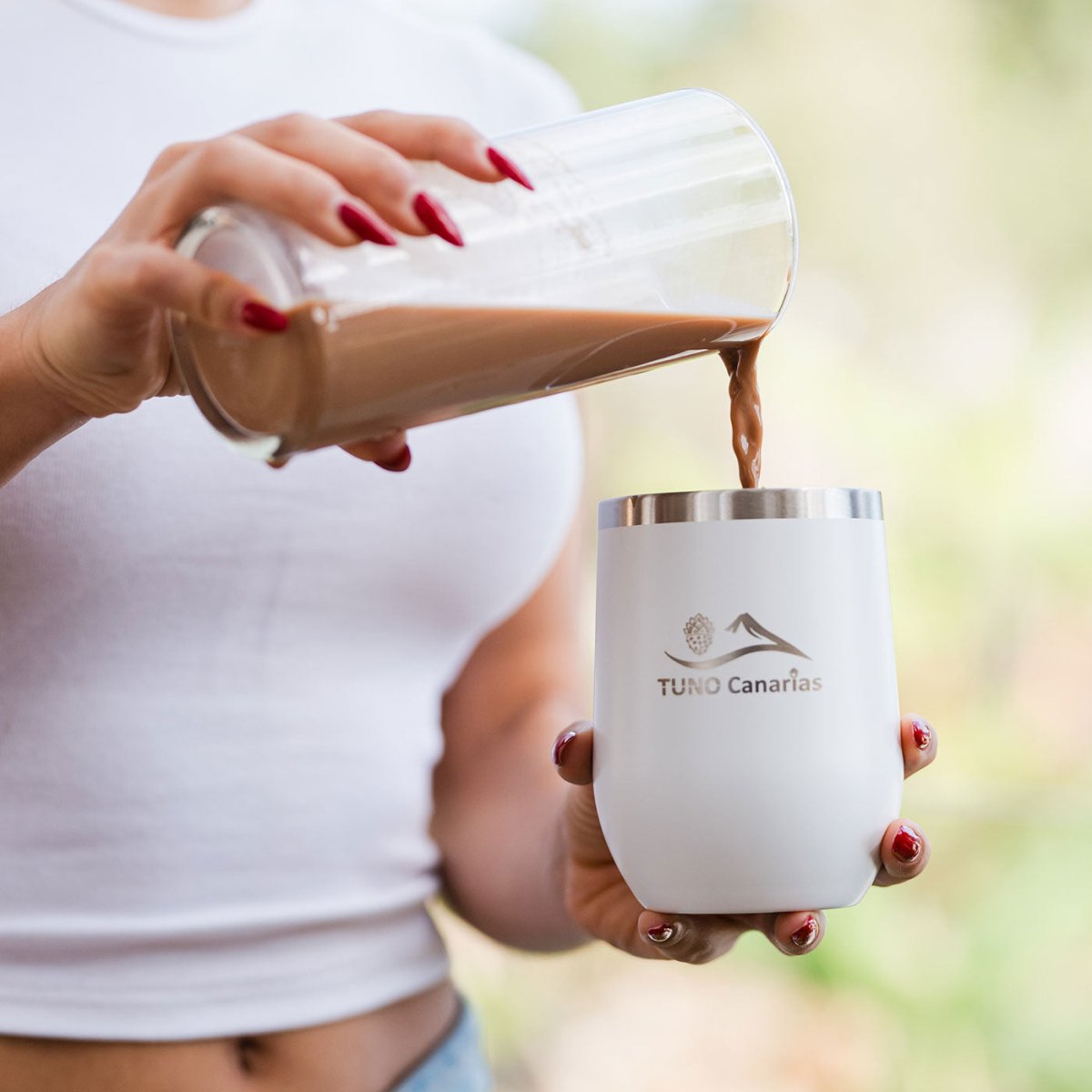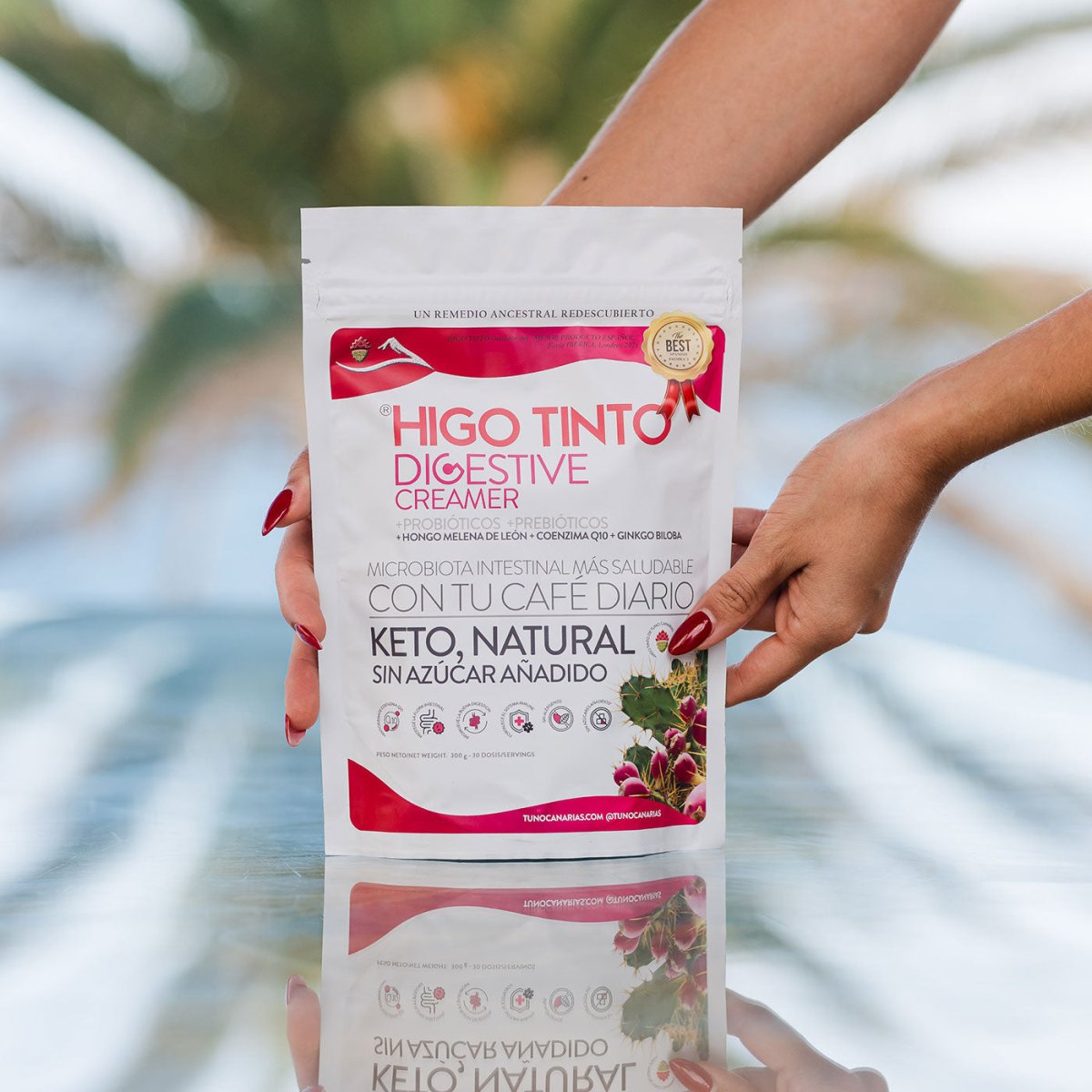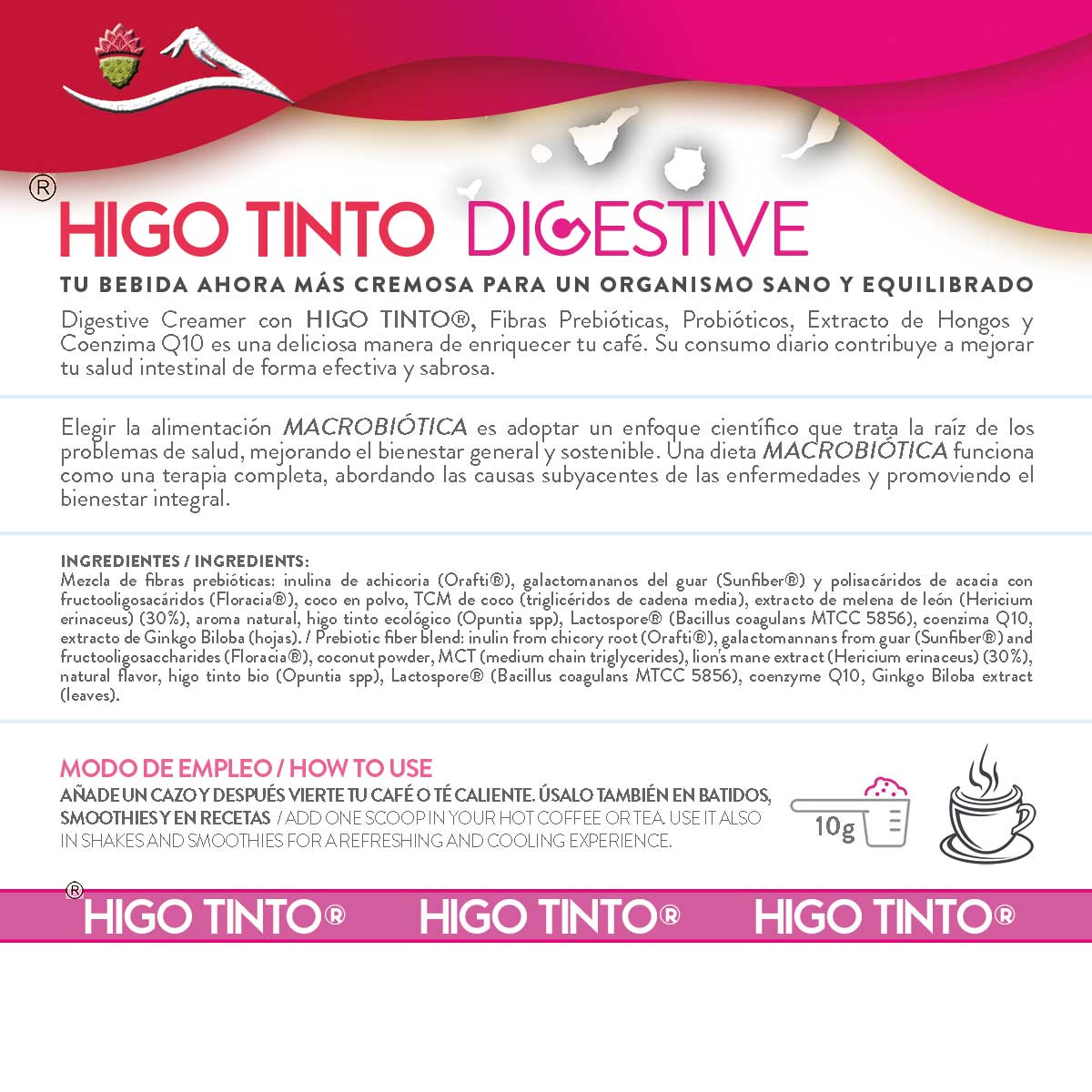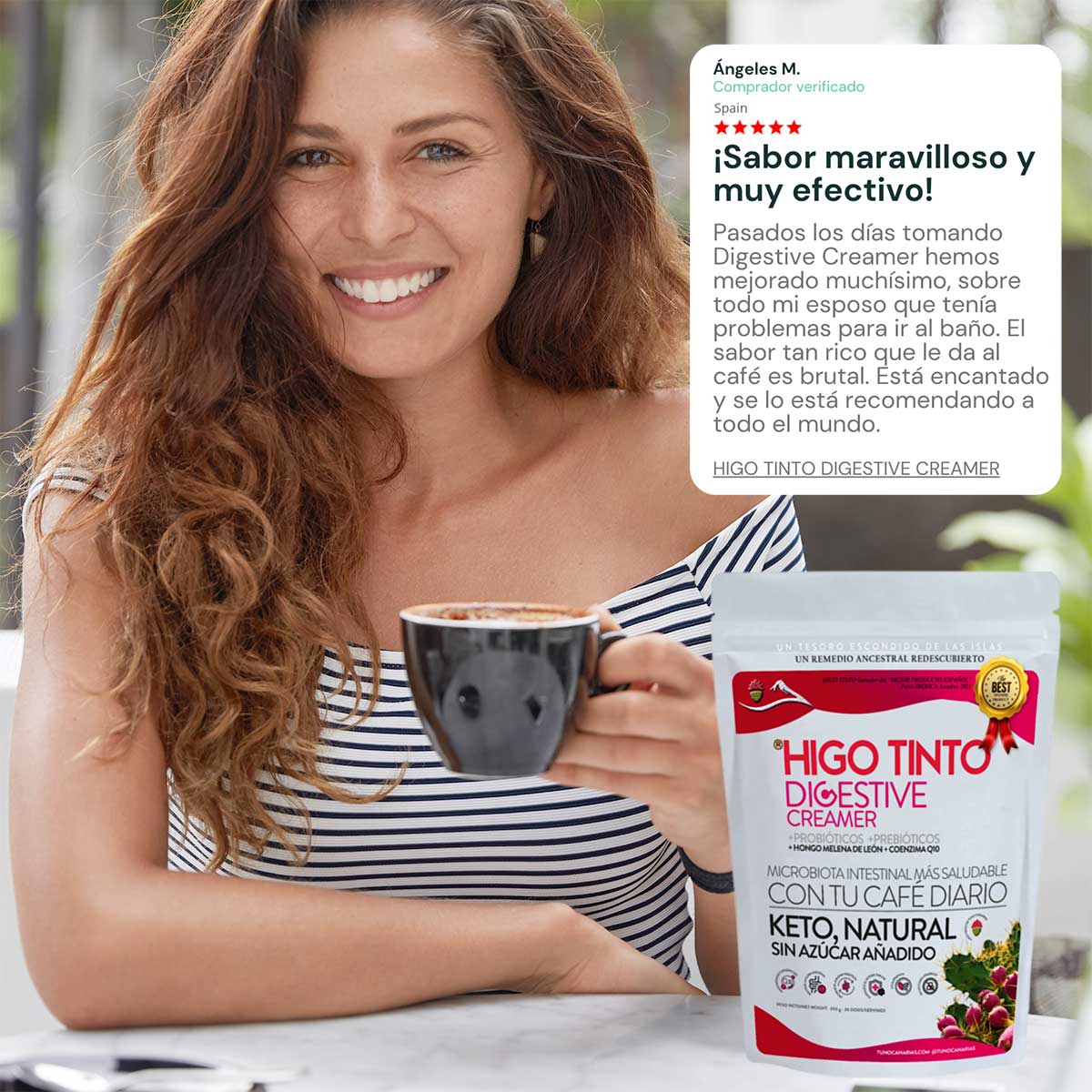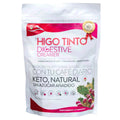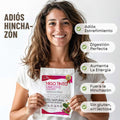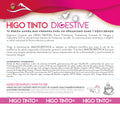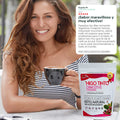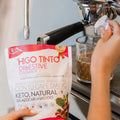2015 Apr;50(4):453-8 PMID: 26223127
WANG Yu-chunCorresponding author wych1227@163.com, QI Zhan-peng, LIU Zhen-zhong, LI Tao, CUI Hong-xia, WANG Bao-qing, CHI Na
Abstract: The aim of the research was to study the therapeutic effects and mechanisms of " Opuntia dillenii Haw " ( OPS ) polysaccharide on atherosclerosis in rats. Firstly, atherosclerotic rat models were established with a high-fat and high-calcium diet. Thirty days later, the rats were treated with a low dose of OPS (0.2 g -kg-1-d-1) or a high dose of OPS (0.4 g-kg-1-d-1) by intraperitoneal injection for 60 days continuously. At the end of the treatment, thoracic aortic rings were prepared and vaso-relaxation of the rat thoracic aorta was determined in the different groups of the experiment by the Multi-wire 620M in vitro myograph system. The blood and liver of the rats were collected. Then, the plasma levels of total cholesterol (TC), triglycerides (TG) and low-density lipoproteins (LDL) of rats were separately determined by a comprehensive automatic biochemical analyzer; the protein level of hepatic apolipoprotein B (ApoB) and hepatic diglyceride acyltransferase (Dgat1) were measured by Western blotting. The results showed that the relaxation capacity of rat thoracic aorta was markedly decreased in the model group compared with that in the normal group, and there were significant differences in the vasorelaxation indices induced by different concentrations of carbamylcholine chloride (Carb) between these two groups (P<0.01). After treatment with OPS( TUNO CANARIO ), the relaxation capacity of rat thoracic aorta was remarkably improved, the vasorelaxation ratios induced by Carb at 5 and 10 μmol-L-1 were respectively 0.34 ± 0.08 and 0.62 ± 0. 15 in the group treated with a low dose of OPS( TUNO CANARIO ), while the ratios induced by Carb at 1 and 5 μmol-L-1 were respectively 0.54 ± 0.08 and 0.98 ± 0.02 in the group treated with a high dose of OPS( TUNO CANARIO ), which were all significantly different with those of the model group (P < 0.01). The plasma contents of TC( Cholesterol ), TG( Triglyceride ) and LDL( Bad cholesterol ) were significantly reduced by low-dose and high-dose OPS( TUNO CANARIO ) treatments compared with those in the model group (P<0.01). The protein level of hepatic ApoB and hepatic Dgat1 were significantly decreased after high-dose OPS( TUNO CANARIO ) treatment compared with those in the model group (P<0.01). These results indicate that OPS( TUNO CANARIO ) can remarkably improve the vaso-relaxation of thoracic aorta of atherosclerotic rats and has a significant anti-atherosclerotic effect; The inhibition of the expression of ApoB and Dgat1 and, therefore, the decrease in the amounts of CT ( Cholesterol ), TG ( Triglycerides ) and LDL ( Bad Cholesterol ) are one of the molecular mechanisms of its anti-atherosclerotic effect.


[Therapeutic effects and mechanisms of Opuntia dillenii Haw on atherosclerosis of rats].
Wang YC, Qi ZP, Liu ZZ, Li T, Cui HX, Wang BQ, Chi N
Yao xue xue bao = Acta Pharmaceutica Sinica, 01 Apr 2015, 50(4):453-458Language:chi
PMID: 26223127
Abstract:
The research aimed to investigate the therapeutic effects and mechanisms of Opuntia dillenii Haw polysaccharide (OPS) on atherosclerosis of rats. First atherosclerotic rat models were established by high-fat and high-calcium diet. Thirty days later, the rats were treated with low dosage of OPS (0.2 gx kg(-1) xd(-1)) or high dosage of OPS (0.4 gx kg(-1) xd(-1)) by intraperitoneal injection for 60 days continuously. At the end of treatment, thoracic aorta rings were prepared and vasorelaxation of rat thoracic aorta in different experiment groups were determined by using 620M multi wire myograph system in vitro. Blood and livers of rats were collected. Then plasma levels of total cholesterol (TC), triglyceride (TG) and low density lipoprotein (LDL) of rats were separately determined using whole automatic biochemical analyzer; protein level of hepatic apolipoprotein B (ApoB) and that of hepatic diglyceride acyltransferase (Dgat1) were measured by Western Blot technique. Results showed that the ability of rat thoracic aorta to relax decreased markedly in the model group compared with that in the normal group, and significant differences existed in vasorelaxation ratios induced by different concentrations of carbamylcholine chloride (Carb) between these two groups (P < 0.01 ). After OPS treatment, the ability of rat thoracic aorta to relax markedly improved, the vasorelaxation ratios induced by Carb at 5 and 10 μmol x L(-1) were respectively 0.34 ± 0.08 and 0.62 ± 0.15 in the group treated with low dosage of OPS , while the ratios induced by Carb at 1 and 5 μmol x L(-1) were respectively 0.54 ± 0.08 and 0.98 ± 0.02 in the group treated with high dosage of OPS, which were all significantly different with those in the model group (P < 0.01). Plasma contents of TC, TG and LDL reduced significantly by the treatments both with low and high doses of OPS compared with those in the model group (P < 0.01). Protein level of hepatic ApoB and that of hepatic Dgat1 decreased significantly after the treatment with high dosage of OPS compared with those in the model group (P < 0.01). These results indicate that OPS can markedly improve the vasorelaxation of thoracic aorta of atherosclerotic rats and has significant anti-atherosclerotic effect; inhibiting the expression of ApoB and Dgat1 and thus decreasing the amounts of TC, LDL and TG serving as one of the molecular mechanisms of its antiatherosclerosis effect.



